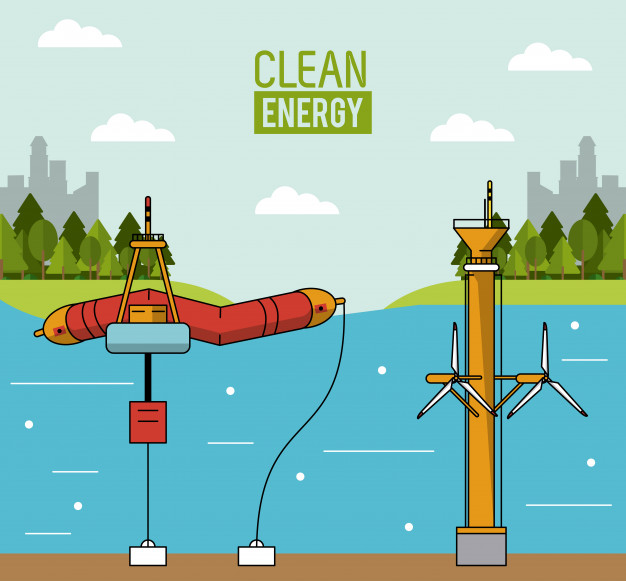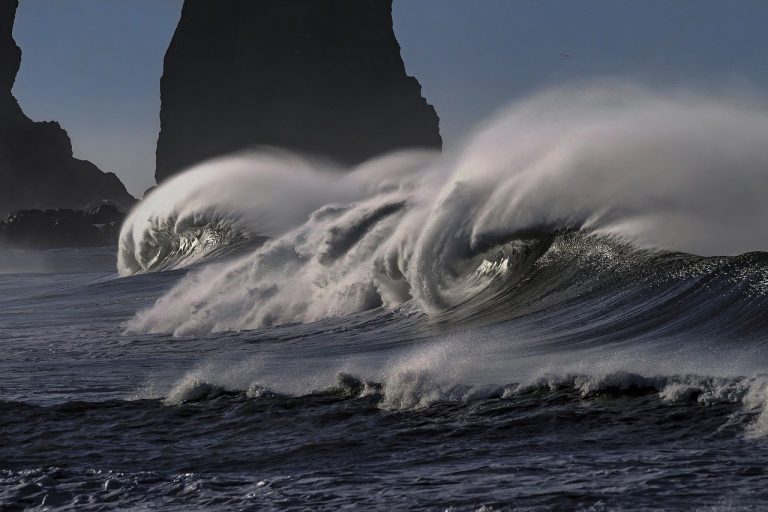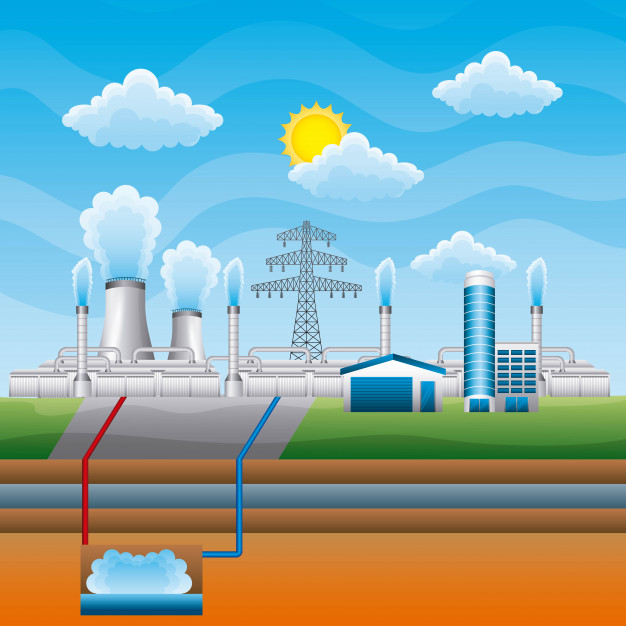Green energy refers to all of the clean energy sources that are produced using the planet’s natural resources, are environmentally friendly, emit zero emissions, and are also renewable.
The renewable and sustainable green energy sources on the planet are produced by nature or by the Sun, and they never run out.
According to studies, fossil fuels, coal, oil, and other tools used to produce electricity have adverse side effects.
These, by polluting the air, water, and ground, inevitably have a detrimental effect on the products that the planet’s many organisms need to survive.
While the impact of global warming on other resources used to produce food and maintain clean water has been extensively studied in recent years, it pales in comparison to the harm caused to other resources used to produce food and maintain clean water.
Learn more about Renewable Energy.
Green energy generates electricity from renewable resources without causing adverse side effects which pollute the Earth’s atmosphere and surface. While many people are familiar with solar and wind power, there are a variety of other options that are both environmentally friendly and provide the energy required to keep the world going.
Since ancient times, water, wind, and the sun have been used to produce electricity, heat water, and operate machinery. However, technology has only recently advanced in terms of the designs, forms, and applications of renewable energy sources.
While all energy sources produce emissions, greener alternatives have less negative side effects. Seeking ways to produce energy from conventional fossil fuels and coal in less toxic ways is one way alternatives are now being expanded. This necessitates first eliminating toxic by-products; however, this has proven to be ineffective and still fails to be done in a cost-effective manner. Despite this, a variety of alternatives are proving to be viable alternatives.
The Sun represents a continuous source of heat, light and energy for us and is here way before the apparition of mankind on the planet. It will continue to send light, heat and free energy towards us for another 5 billion years, so we can say that solar power is a renewable source of energy.
The power of the Sun is used today to passively heat homes, which will generate very small energy bills for the owners.
The sunlight is also used actively to produce clean electricity with the help of solar cells, or as a heat source for water or another agent (molten salt) that will generate steam, which will be then used to spin a turbine and produce clean electricity.


The kinetic power of the wind can be used to spin large turbines at low speed.
Wind power generated by large wind farms located onshore and offshore are already feeding the grid with clean electricity, but because wind and solar power are clean but intermittent sources of energy we are also using the energy produced by natural gas or another fossil fuel to ensure a continuous source of electricity for the grid (fossil energy combined with clean energy).
Wind power is another form of green energy because is renewable (is produced every day by the Sun) and is also sustainable and clean (releases no harmful emissions).
Hydroelectric power is the green energy source with the largest share of renewable energy in the world’s energy mix.
Hydroelectric power, or simply hydropower, is produced by using the kinetic energy of falling water to spin underwater turbines that produce clean electricity using generators (large dams).
On earth, moving water is a significant source of renewable energy.


Tidal energy is another form of green power that also uses the power of the water, but in this case we are talking about the kinetic power of the tides.
The tides on planet Earth are created by the combined gravitational forces of the Sun, the Moon and our planet, which means that tidal power is a renewable energy source and is also green because it is friendly with the environment (zero emissions).
There are only a few places on the planet where the tides are strong enough to be used as a green energy source.
Wave power is another form of green energy that uses the kinetic power of the water to produce clean electricity.
The waves are produced by the wind that passes over the surface of the seawater, and this movement of the water is used today to generate clean electricity, to desalinate seawater or to pump water with no harmful emissions into the atmosphere.


Wood, plant waste, municipal solid waste, biofuels such as ethanol and biodiesel, biogas and landfill gas, animal waste, and various types of organic trash generated by people make up biomass today.
Biomass is now used to produce renewable energy as well as heat and cook.
Due to the extreme burning process, biomass energy emits some carbon, but it is a cleaner source than coal, oil, or natural gas.
Biomass energy is a renewable resource that emits less carbon than traditional fossil fuels because wood, organic waste, and trash are generated on a daily basis.
Geothermal energy is provided by the heat of our planet’s inner core and travels to the surface in the form of hot water and steam (up to 6,000°C).
This natural heat can be used to produce renewable energy and for residential heating and cooling in a few places on the earth where it reaches the surface.
Geothermal energy, which is generated by the heat released by our planet’s inner core, is a renewable energy source that will last as long as the planet does, as well as a green energy source because it emits no harmful pollution into the atmosphere.
